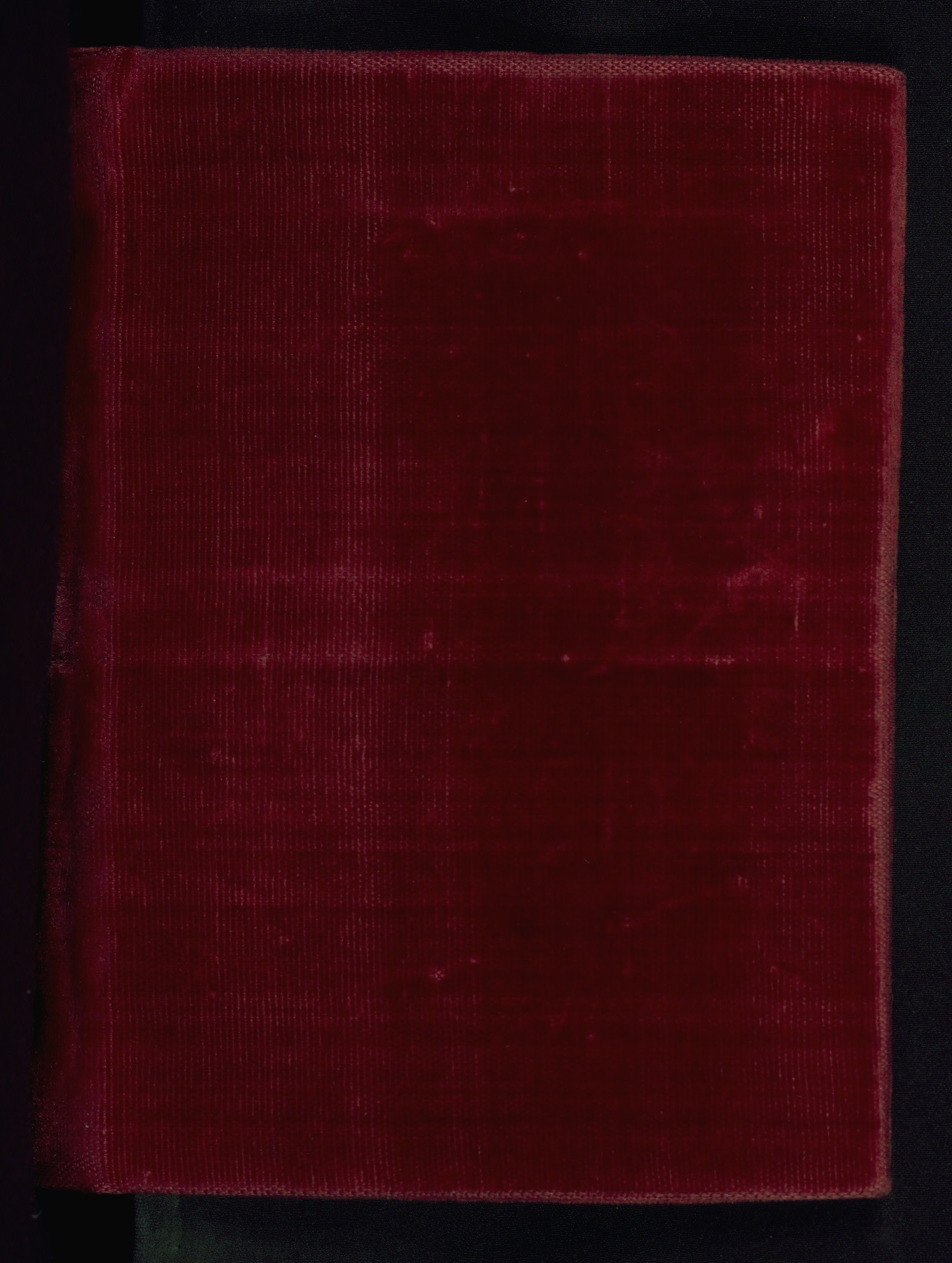Psalter
(Medieval Europe , Manuscripts and Rare Books)
This charming but fragmentary and misbound Psalter was created in French Flanders for a lady in the first decades of the fourteenth century. The figures in the manuscript are stylistically related to those found in Ghent (diocese of Tournai), the most notable comparisons being manuscripts connected to Copenhagen, Royal Lib. GKS 3384 8°, such as Cambridge, Trinity Lib., Ms. B.II.22, Bodleian, Ms. Douce 5-6, and the Walters' own W.82. Other relationships can be found with works from Saint-Omer, in the diocese of Thérouanne, where the treatment of the borders is strikingly similar to those found, for instance, in W.90. Notes and prayers written, erased, and rewritten over the course of centuries on the originally blank pages of the book attest to its constant use up through at least the seventeenth century.
Provenance
Provenance (from the French provenir, 'to come from/forth') is the chronology of the ownership, custody, or location of a historical object. Learn more about provenance at the Walters.
Léon Gruel, Paris, late 19th-early 20th century [1]; purchased by Henry Walters, Baltimore, early 20th century; by bequest to Walters Art Museum, 1931.
[1] No. 374 on front pastedown and on dealer description
Exhibitions
| 2010-2011 | Beasts on Parchment: Picturing Animals in Medieval Manuscripts. The Walters Art Museum, Baltimore. |
Conservation
| Date | Description | Narrative |
|---|---|---|
| 8/5/2013 | Treatment | examined for digitization; media consolidation; splits mended; tears repaired |
Geographies
Belgium, Ghent
(Place of Origin)
France, Saint-Omer (Place of Origin)
Measurements
Folio H: 4 5/16 × W: 3 1/8 in. (11 × 8 cm)
Credit Line
Acquired by Henry Walters
Location in Museum
Not on view
Accession Number
In libraries, galleries, museums, and archives, an accession number is a unique identifier assigned to each object in the collection.
In libraries, galleries, museums, and archives, an accession number is a unique identifier assigned to each object in the collection.
W.110


